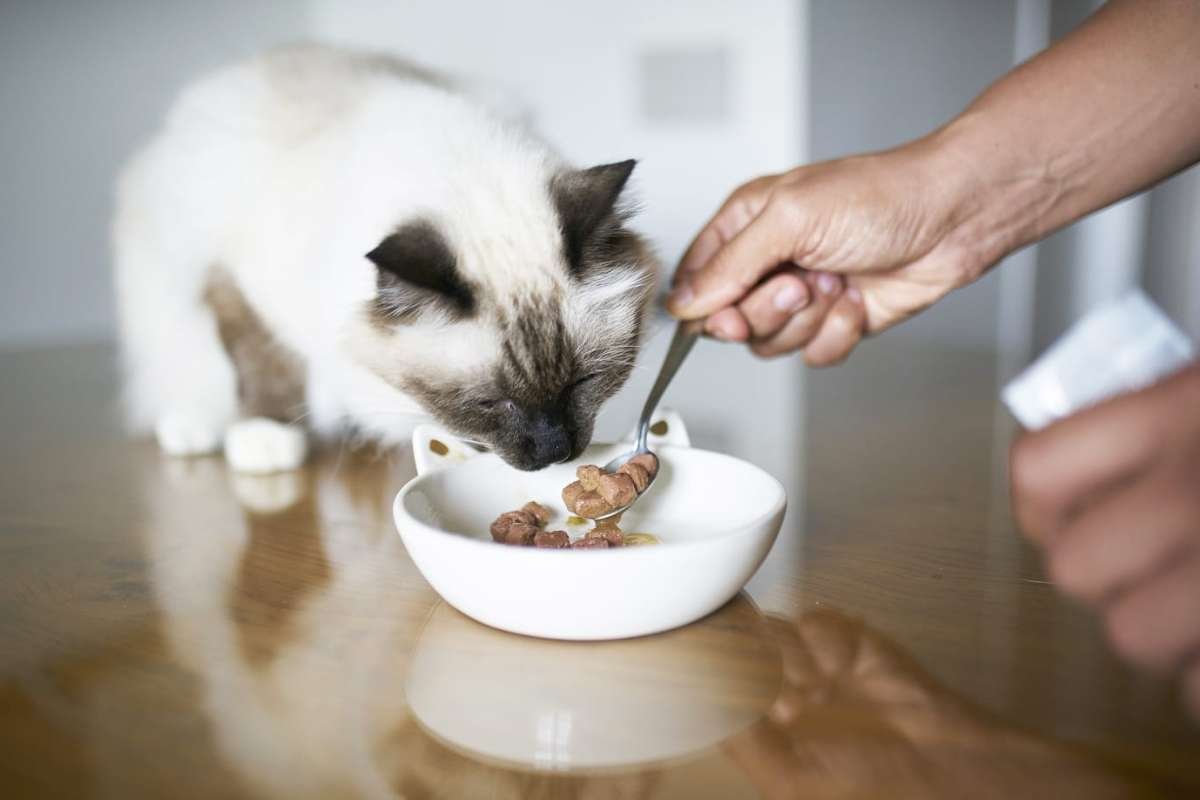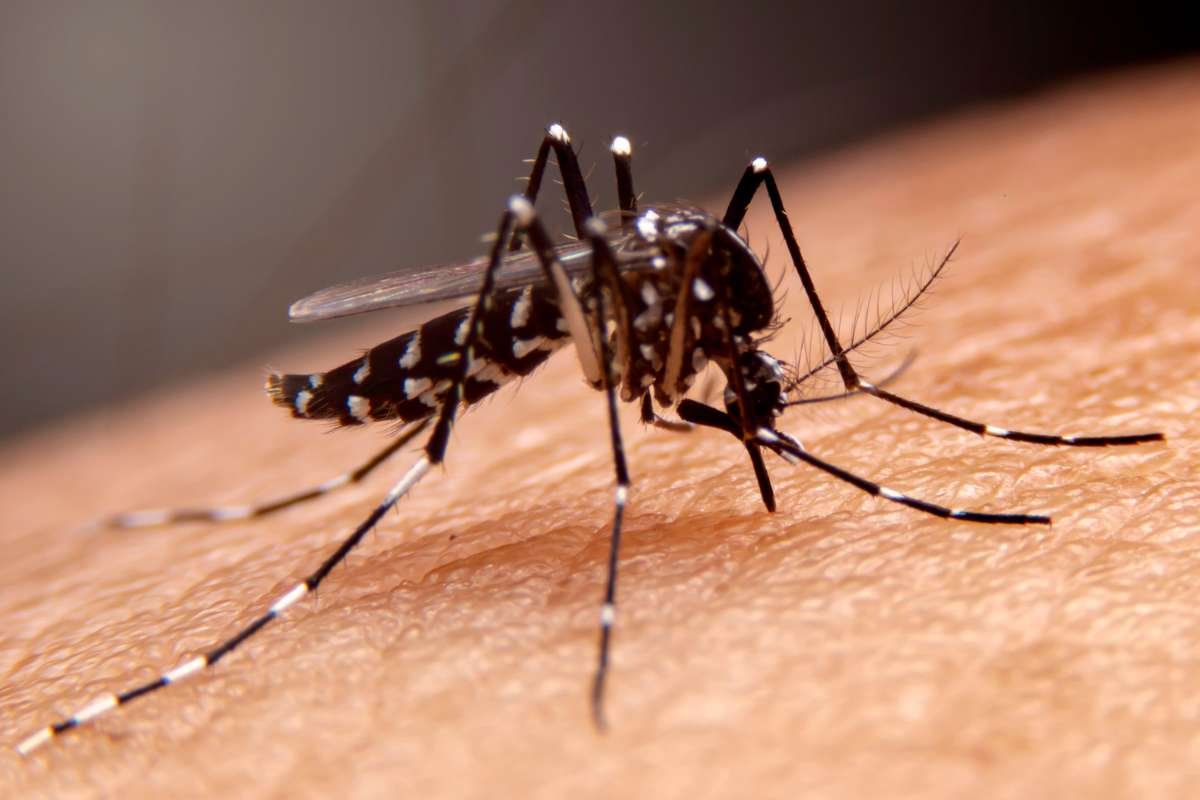Bird Flu Hits Cats Through Contaminated Pet Food
A recent bird flu outbreak has left more than a dozen cats dead or sickened, with the virus traced back to raw pet food products, according to the Food and Drug Administration (FDA). This alarming discovery has prompted a federal investigation to determine how the virus infiltrated the pet food supply chain. An FDA official reported cases involving 13 domestic cats across eight households, one exotic cat in a separate household, and numerous animals at two sanctuaries for large felids. The affected regions include California, Colorado, Oregon, and Washington.
FDA investigators are currently working to trace the source of the outbreaks, although it may take several weeks for testing to yield definitive results. The exact method by which the virus entered the pet food remains unclear. The U.S. Department of Agriculture (USDA) has been culling record numbers of poultry to control bird flu outbreaks, and officials have prohibited the use of meat from these birds in pet food. Despite these measures, the virus has still found its way into the food chain, raising concerns about food safety and the effectiveness of current regulations.
Response to the Outbreak and Industry Impact
The FDA has responded by mandating that manufacturers of raw cat and dog foods implement measures to prevent further spread of the virus. This could involve cooking the products or adopting alternative methods to enhance food safety. The FDA emphasized the need for the pet food industry to adopt practices that minimize the risk of H5N1 transmission.
The raw pet food market, though a minority in overall U.S. pet food sales, has seen rapid growth in recent years, according to consulting firm OC&C. However, health experts, including the American Animal Hospital Association, warn against feeding pets raw protein food due to significant health risks to both animals and humans. The FDA’s move has also led the Animal and Plant Health Inspection Service (APHIS) to increase oversight of turkey slaughter processes, requiring additional isolation and testing in certain states before slaughtering can occur.
Past incidents have highlighted the dangers of raw pet food. California health officials had previously warned against feeding pets certain recalled raw milk and pet food brands, while Oregon’s agriculture department linked an outbreak to raw turkey pet food. The FDA’s investigation into these cases underscores the ongoing risks and challenges associated with raw pet food products.
Broader Implications of Bird Flu Outbreaks
Bird flu outbreaks have become a recurring issue in the U.S., with officials and farmers bracing for seasonal upticks as migrating wild birds carry the virus south from Canada. This winter, the migration started later than usual due to warmer weather, delaying the surge of bird flu cases. USDA’s Alex Turner noted that as the migration stabilizes, the virus’s spread is expected to decrease.
Additionally, a different bird flu strain spilled over into dairy herds in 2023, further complicating efforts to control the outbreaks. In some cases, the virus has jumped from cows back to birds, exacerbating the situation. The strain identified in the contaminated turkey product from Northwest Naturals, linked to the current pet food outbreak, matches the strain responsible for recent dairy herd infections, indicating a complex and interconnected outbreak scenario.
This ongoing crisis highlights the critical need for stringent biosecurity measures and rigorous oversight within the food supply chain to protect both animal and human health from future outbreaks.







